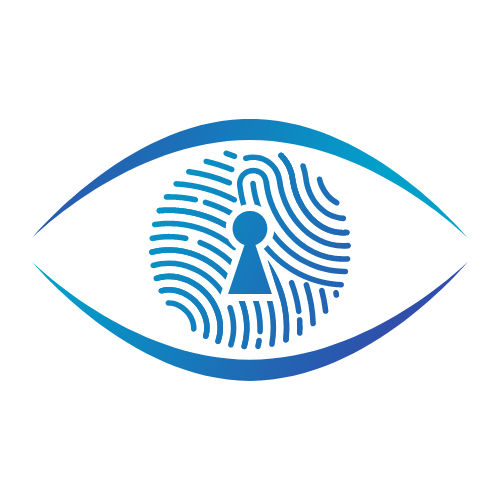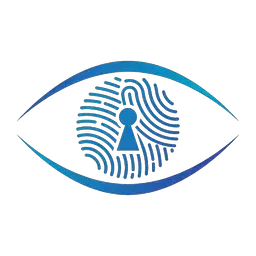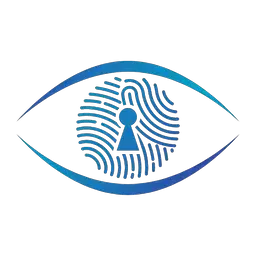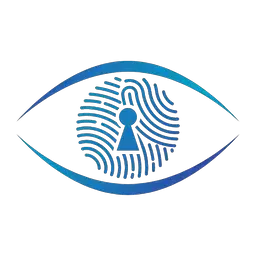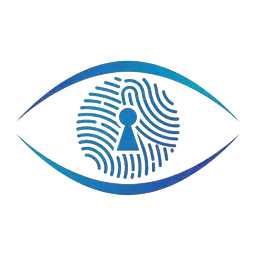Vietnam's Mass Bank Account Deactivation: A Compliance Case Study

How 86 Million Accounts Were Frozen Over Digital ID Non-Compliance
Executive Summary
In September 2025, Vietnam implemented one of the most aggressive financial compliance actions in recent history, deactivating over 86 million bank accounts that failed to meet new biometric authentication requirements. This unprecedented move, affecting approximately 43% of all bank accounts in the country, represents a watershed moment in digital identity regulation and offers critical lessons for compliance professionals worldwide.

Key Facts
- 86 million bank accounts deactivated starting September 1, 2025
- Part of Project 06, a comprehensive digital transformation initiative launched in 2022
- Mandatory biometric authentication using facial recognition or fingerprints
- 113 million accounts remain active after verification (plus 711,000 organizational accounts)
- Foreign residents particularly affected due to in-person verification requirements
- Fraud cases dropped 59% after implementation of biometric requirements
Background: Vietnam's Digital Transformation Journey
Project 06: The Foundation
Launched in 2022, Project 06 (officially titled "Developing an Application for Population Database, Digital Identification and Authentication for the National Digital Transformation from 2022-2025, with a Vision to 2030") represents Vietnam's comprehensive strategy to modernize its digital infrastructure.
Core Objectives:
- Create a unified digital identity system for all 101 million Vietnamese citizens
- Transition to a cashless society by promoting digital payments and reducing cash dependency
- Combat financial fraud by eliminating duplicate, inactive, and fraudulent accounts
- Align with international standards set by the OECD and Bank for International Settlements
- Position Vietnam for OECD membership through modernized financial infrastructure
The Scale of the Problem
Before the cleanup initiative, Vietnam's banking system faced significant challenges. With a population of approximately 101 million, the country had amassed roughly 200 million bank accounts—nearly two accounts per citizen.
Many of these accounts were:
- Inactive or dormant for extended periods
- Duplicates created by the same individuals
- Used for fraudulent activities, scams, or money laundering
- Created with incomplete or unverified identity information
Critical Incident: In May 2025, authorities uncovered an AI-powered money laundering ring that used fake facial scans to bypass security measures, laundering an estimated 1 trillion Vietnamese dong (approximately $39 million USD). This incident underscored the urgent need for more robust identity verification systems.
Regulatory Framework
Key Legislation
Vietnam's digital identity requirements are governed by several key regulatory instruments:
Decree 59/2022/ND-CP (October 20, 2022)
- Established the legal framework for e-ID accounts and biometric data collection
- Set authentication level requirements
- Defined e-ID for Vietnamese citizens, foreigners, and organizations
Decree 69/2024/ND-CP (July 1, 2024)
- Replaced Decree 59
- Expanded scope to include all foreign individuals and organizations
- Added more detailed authentication level requirements
- Mandatory activation of e-ID accounts within 7 days
Decision 2345/QĐ-NHNN (2023)
- State Bank of Vietnam directive
- Required biometric authentication for first-time mobile banking transactions
- Set transaction thresholds requiring biometric verification
Circular 50/2024/TT-NHNN
- Detailed implementation guidance for banking institutions
- Specified biometric authentication procedures and compliance requirements
Law on Identification 2023
- Replaced the 2014 Law on Citizen Identification
- Specified biometric information collection including:
- Face images (mandatory)
- Fingerprints (mandatory)
- DNA and voice (voluntary or by law enforcement)
Authentication Levels
The Vietnamese e-ID system implements four distinct authentication levels:
- Level 1: Single authentication factor without biometric information
- Level 2: Two different authentication factors without biometric information
- Level 3: Two or more authentication factors including one biometric element
- Level 4: Multiple factors including biometric (face, fingerprint, voice, or iris), possession factor (ID card or digital device), and knowledge factor (password or PIN)
Implementation Timeline
2022
Project 06 launched. Integration of population database and e-ID infrastructure begins.
December 2024
State Bank of Vietnam issues orders requiring biometric updates for all accounts.
January 1, 2025
Transaction restrictions begin. Unverified accounts face limitations:
- No online payments
- No QR code transactions
- No digital banking services
July 1, 2025
New decree takes effect. Biometric authentication requirements intensify:
- Facial authentication mandatory for transfers over 10 million VND (~$379 USD)
- Cumulative daily transfers over 20 million VND (~$758 USD) require biometric approval
- Corporate accounts require legal representatives to verify biometrics or face service suspension
September 1, 2025
Full deactivation begins. Approximately 86 million accounts closed or suspended for non-compliance with biometric requirements.
Compliance Requirements
For Individuals
To maintain access to banking services, Vietnamese citizens and foreign residents must complete biometric verification through one of two methods:
Method 1: NFC Chip-Based Identity Card
- Use the chip-based national ID card with embedded facial image and fingerprint data
- Scan card at bank branch or authorized verification point
- Data automatically cross-referenced with national population database
Method 2: VNeID Mobile Application
- Download the official VNeID app (developed by Ministry of Public Security)
- Complete live facial recognition scan through the app
- Provide fingerprint data via smartphone biometric sensor
- Link bank accounts to verified digital identity
Note: Over 61 million Vietnamese citizens use VNeID to access government services, with the app being used more than 29 million times monthly as of June 2025.
For Financial Institutions
Banks and payment intermediaries face comprehensive compliance obligations:
- System Upgrades: Implement biometric verification capabilities across all banking channels (mobile, online, branch)
- Database Integration: Establish secure connections to the National Population Database for real-time identity verification
- Customer Verification: Complete biometric validation of all existing customer records
- By August 2025: 120.9 million individual customer records validated
- By August 2025: 1.2 million organizational accounts validated
- Transaction Monitoring: Implement automated biometric authentication triggers for transactions exceeding specified thresholds
- Account Deactivation: Suspend services for non-compliant accounts according to specified timelines
- Reporting Requirements: Maintain detailed records of verification status and submit regular compliance reports to State Bank of Vietnam
Impact Analysis
Positive Outcomes
Vietnam's aggressive implementation has yielded measurable security improvements:
Fraud Reduction:
- 59% reduction in fraud and theft cases involving individual accounts
- 52% decrease in accounts receiving illicit funds
- Significant disruption of money laundering operations
Financial System Modernization:
- 113 million verified active accounts linked to authenticated identities
- Enhanced KYC (Know Your Customer) compliance
- Improved alignment with international banking standards
- Integration with 18 ministries, 1 state-owned enterprise, 3 telecommunications companies, and all 63 provincial localities
Digital Payments Growth:
- Mobile payment transactions increased 39.82% year-over-year (Q1 2025)
- QR code transactions surged 81.64% year-over-year
- Nearly 10.4 million Mobile Money accounts established
- 86.97% of citizens aged 15+ now have bank accounts
Challenges and Concerns
Foreign Residents:
- In-person verification required with no remote options
- Many expats forced to fly back to Vietnam to prevent account closure
- Example: Foreign contractors unable to access HSBC accounts without physical presence
Financial Exclusion Risks:
- Elderly citizens may struggle with technology requirements
- Rural populations with limited access to verification infrastructure
- Those without smartphones or NFC-enabled ID cards face barriers
Privacy Concerns:
- Biometric data controlled by national police (Ministry of Public Security)
- Centralized database creates single point of failure
- Concerns about government surveillance and data misuse
- Potential for biometric data breaches
Operational Challenges:
- VNeID app experiencing delays and errors
- Language barriers for foreign users
- Inconsistent app performance
- Many services still require physical documents despite digital ID availability
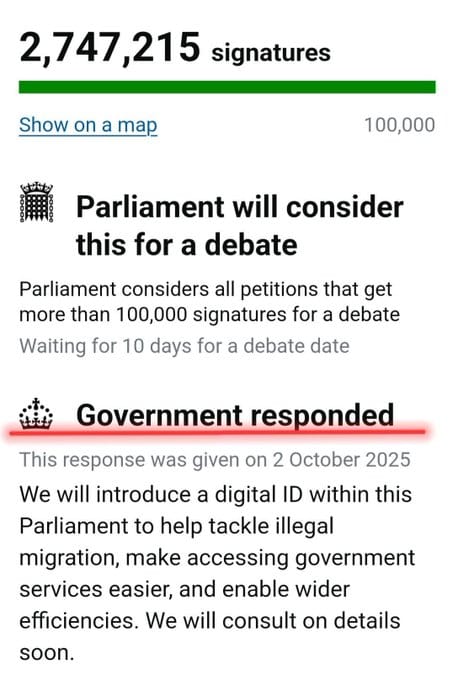
Lessons for Compliance Professionals
1. Phased Implementation Is Critical
Vietnam's multi-year rollout demonstrates the importance of gradual implementation:
- 2022-2024: Infrastructure development and voluntary adoption
- January 2025: Transaction restrictions begin
- July 2025: Enhanced requirements take effect
- September 2025: Full enforcement and account deactivation
This phased approach allowed institutions and individuals time to prepare, though critics argue the timeline was still aggressive.
2. Clear Communication Is Essential
The State Bank of Vietnam conducted extensive public awareness campaigns:
- Annual "Cashless Day" events since 2019
- Press conferences explaining requirements
- Multiple deadline announcements
- Partnership with banking institutions for customer outreach
However, gaps remained—particularly for foreign residents who lacked clear guidance on remote verification options.
3. Technology Infrastructure Must Be Robust
Vietnam invested heavily in infrastructure:
- National Population Database integration
- VNeID mobile application development
- Biometric authentication systems at all bank branches
- Secure data transmission networks
The system has processed over 120 million biometric validations, demonstrating technical capacity at scale.
4. Balance Security with Accessibility
While fraud rates dropped significantly, the aggressive enforcement created hardships:
- Foreign residents unable to access funds
- Elderly citizens struggling with digital requirements
- Rural populations lacking infrastructure access
A more graduated enforcement approach with hardship exemptions could have mitigated these issues.
5. International Coordination Matters
Vietnam's initiative has implications beyond its borders:
- Foreign bank account holders affected
- International money transfers disrupted
- Cross-border business operations impacted
Better coordination with international banks and foreign embassies could have eased the transition.

Global Context and Trends
Similar Initiatives Worldwide
Vietnam is not alone in implementing biometric banking requirements:
India's Aadhaar System
- World's largest biometric ID program with 1.3+ billion enrollees
- Links fingerprints, iris scans, and facial photos to unique ID numbers
- Mandatory for banking, government services, and mobile phone activation
China's Social Credit System
- Integrates facial recognition with financial services
- Mandatory biometric authentication for online payments
- Digital yuan (CBDC) tied to digital identity
European Union's Digital Identity Wallet
- EU Digital Identity Wallet planned for all member states by 2026
- Will include biometric authentication capabilities
- Focus on user control and privacy protection
Kenya's Huduma Namba
- Biometric national ID system launched in 2019
- Required for banking, mobile money, and government services
- Faced legal challenges over privacy concerns
The CBDC Connection
Vietnam's initiative is widely viewed as preparation for a Central Bank Digital Currency (CBDC):
- Cashless society infrastructure being established
- Digital identity system creates framework for digital currency
- State Bank of Vietnam is member of Bank for International Settlements (BIS), which promotes CBDCs
- Officials discussed digital transformation at Davos 2025
Implications for Organizations
For Financial Institutions Operating in Vietnam
Immediate Actions Required:
- Ensure all biometric systems are operational and tested
- Complete verification of all customer accounts
- Implement automated transaction monitoring for threshold requirements
- Establish clear processes for account reactivation
- Maintain detailed compliance documentation
Ongoing Obligations:
- Regular system audits and penetration testing
- Staff training on biometric verification procedures
- Customer support for verification issues
- Coordination with State Bank of Vietnam on compliance reporting
For Multinational Corporations
Employee Banking Considerations:
- Expat employees must complete biometric verification in-person
- Plan for verification trips during onboarding
- Consider corporate accounts with proper legal representative verification
- Maintain backup payment methods for employees
Operational Risk Assessment:
- Payment processing dependencies on verified accounts
- Supply chain finance implications
- Vendor payment capabilities
- Emergency fund access procedures
For Compliance Departments
Key Takeaways:
- Digital identity requirements are accelerating globally - Prepare for similar mandates in other jurisdictions
- Biometric data governance is critical - Develop policies for biometric data handling and storage
- Cross-border implications are complex - Map international operations against emerging digital ID requirements
- Technology readiness is non-negotiable - Ensure systems can integrate with government digital identity platforms
- Customer communication is essential - Develop clear, multilingual guidance for diverse customer bases

Looking Forward: 2025-2030 Vision
Vietnam's digital transformation roadmap extends to 2030 with ambitious goals:
Phase 1: Completion (2025)
- Universal chip-based ID card adoption
- VNeID application available to all citizens
- Integration across all government services
- Banking sector full compliance
Phase 2: Expansion (2026-2027)
- Border control biometric authentication at all entry points
- Healthcare system integration (electronic health records linked to e-ID)
- Tax system full integration with digital identity
- Educational institution access via e-ID
- Integration of criminal record certificates into VNeID
Phase 3: Full Digital Economy (2028-2030)
- 80-90% of adults with digital signatures and e-ID accounts
- Comprehensive cashless payment infrastructure
- Open identity platform connecting public and private services
- Advanced AI-powered fraud detection
- Potential launch of Central Bank Digital Currency (CBDC)
Recommendations for Compliance Teams
Short-Term (0-6 months)
- Assess Exposure: Identify all operations, accounts, and employees affected by Vietnam's requirements
- Verify Compliance: Ensure all Vietnamese bank accounts have completed biometric verification
- Document Processes: Create clear procedures for maintaining compliance
- Train Staff: Educate relevant personnel on requirements and verification processes
Medium-Term (6-18 months)
- Monitor Developments: Track regulatory changes and enforcement patterns
- Evaluate Technology: Assess biometric authentication capabilities for your organization
- Review Privacy Policies: Update data protection policies to address biometric data handling
- Engage Stakeholders: Communicate requirements to affected employees, customers, and partners
Long-Term (18+ months)
- Strategic Planning: Incorporate digital identity requirements into global compliance strategy
- Technology Investment: Build or acquire capabilities for biometric authentication and digital identity verification
- Policy Development: Create comprehensive frameworks for digital identity governance
- Scenario Planning: Prepare for similar mandates in other jurisdictions
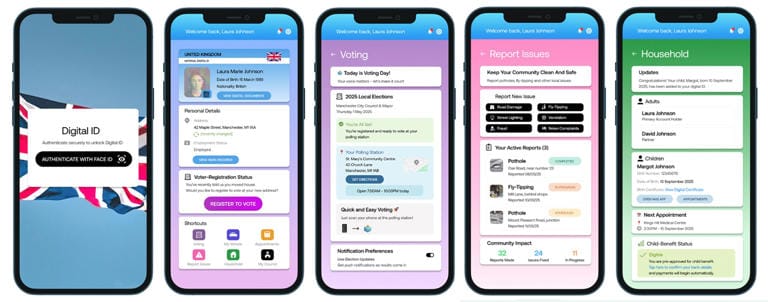
Conclusion
Vietnam's deactivation of 86 million bank accounts represents a pivotal moment in the global evolution of digital identity and financial compliance. While the initiative has achieved significant fraud reduction and financial system modernization, it has also highlighted critical challenges around accessibility, privacy, and international coordination.
For compliance professionals, this case study offers essential insights:
The trend toward mandatory biometric authentication is accelerating globally. Organizations must prepare for similar requirements in other jurisdictions, building technological capabilities and governance frameworks now.
Security and accessibility must be balanced. While robust identity verification reduces fraud, overly aggressive enforcement can create financial exclusion and operational disruptions.
International coordination matters. As financial systems become increasingly interconnected, unilateral digital identity mandates can have far-reaching cross-border implications.
Privacy and surveillance concerns are legitimate. Centralized biometric databases create risks that must be addressed through strong data protection frameworks and oversight mechanisms.
As Vietnam moves forward with its vision for a fully digital economy by 2030, the global compliance community will be watching closely. The lessons learned—both positive and cautionary—will shape how other nations and organizations approach the complex intersection of digital identity, financial security, and individual rights in the years ahead.
Additional Resources
- State Bank of Vietnam: Official guidance and compliance updates
- Ministry of Public Security: VNeID application and registration information
- VNeID App: Available on iOS and Android app stores
- National Public Service Portal: Integrated e-ID services
- Bank for International Settlements: International standards and guidance
This article is based on publicly available information as of October 2025. Organizations should consult legal counsel and local authorities for specific compliance guidance.
